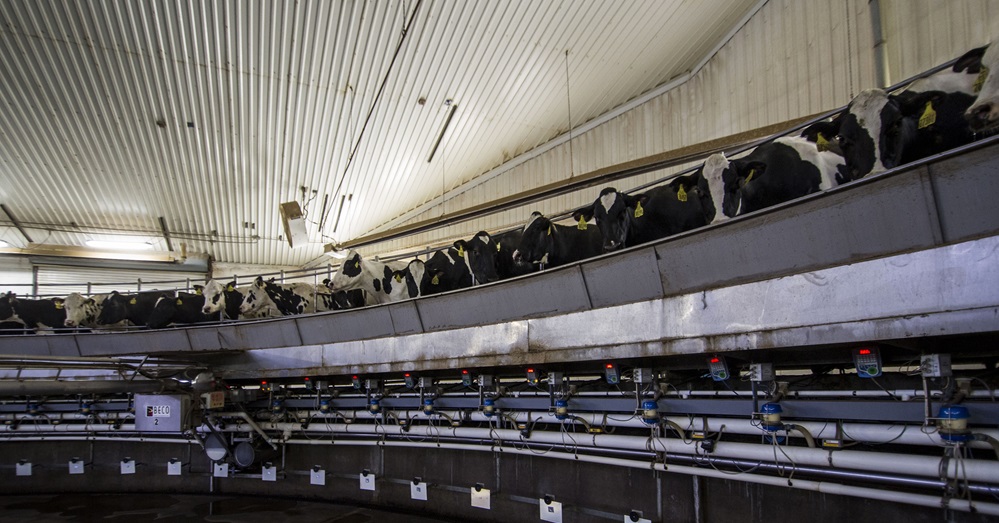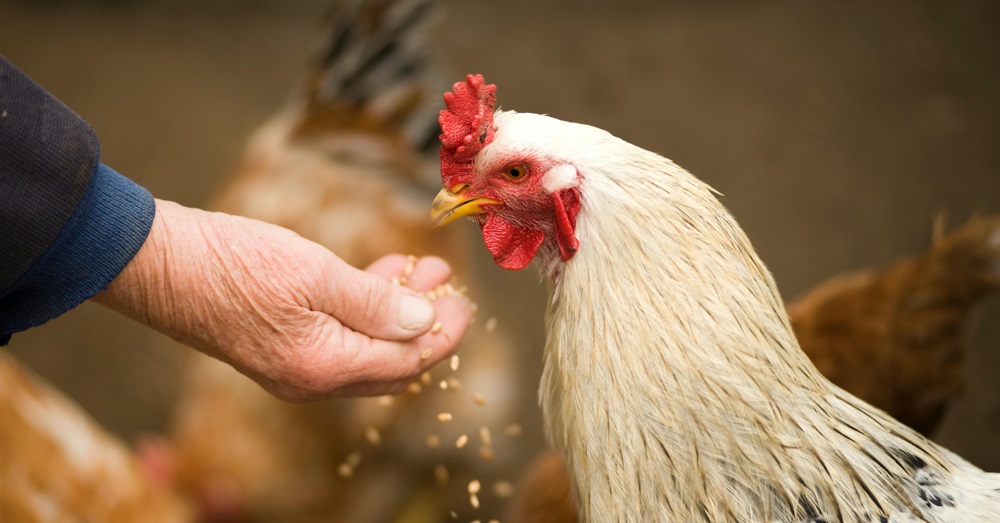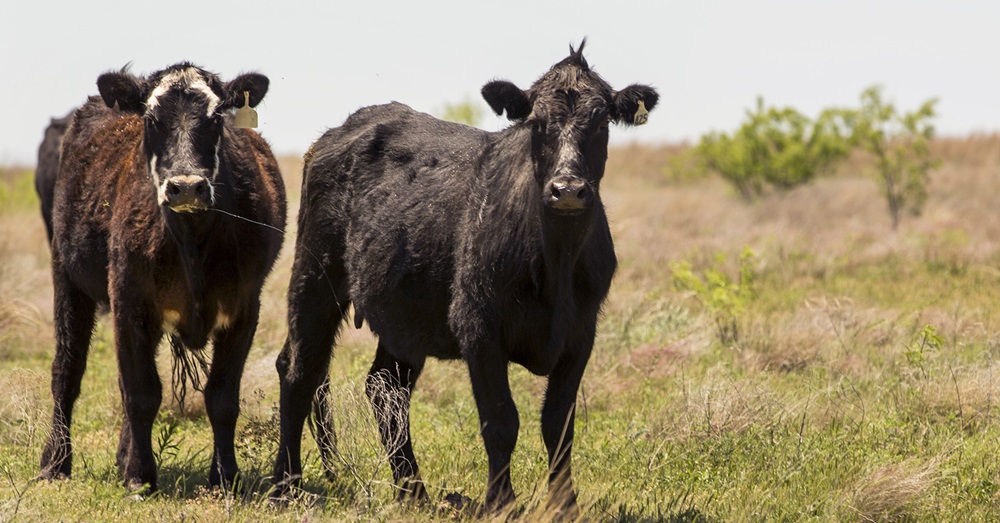
Influenza viruses, with their many strains circulating the globe, know how to make it to the news, such as when the Highly Pathogenic Avian Influenza, or HPAI virus strain H5N1, which is highly pathogenic in birds (avian flu), crossed over to cattle. This strain, first identified in the late 1990s, has infected humans sporadically worldwide.
It had been more than two years since the first human became infected with the H5N1 virus in the U.S. — April 2022 in Colorado. When the virus infected a second human, this time in Texas on April 1, those monitoring public health did not consider it to be an April Fool’s prank. Though the only sign of patient illness in those infections was conjunctivitis (a soft tissue inflammation in the eye, much like pink eye), the case sparked an effort of ongoing vigilance against the ever-evolving H5N1 virus and its potential risk to global health.
A third case in late May in which the infected patient displayed upper respiratory symptoms (congestion, cough and sore throat) emphasized the importance of monitoring the virus as respiratory symptoms can increase the risk of human-to-human transmission. With that in mind, the Centers for Disease Control and Prevention is conducting genetic testing and analyzing samples from the latest case for mutations of the virus that might make it more easily transmissible.
Sharilyn Almodóvar, Ph.D., from the Department of Immunology and Molecular Microbiology at the Texas Tech University Health Sciences Center (TTUHSC) School of Medicine, said the H5N1 strain that is infecting cattle and is responsible for the latest human infections is not currently causing severe disease in cows or humans, which is good news.
“As of today, these infections are restricted to farm animals, and there is no evidence of additional infections in humans,” Almodóvar said. “The flu is a respiratory disease that affects humans to different degrees. It can be mild or it can be severe. In this specific situation, these are influenza viruses that are commonly found in wild birds, are now found in dairy cattle as well as other mammals. One major concern is the spread of these viruses to humans. Another concern is what sick dairy cattle represent to the dairy industry.”
Monitoring the severity of infections of cattle and humans with flu H5N1 can be complex, with several factors at play including environmental conditions, potential coinfections with other microbes and the genetic predisposition of the host to contract the infection, among other factors. Almodóvar said because the affected cattle and humans are currently showing no signs of severe infection from the H5N1 strain, the situation is presently considered stable.
“However, this situation is being monitored very closely by the corresponding public health entities,” Almodóvar emphasized. “Viruses usually acquire mutations the more they replicate. We don't want this influenza H5N1virus to acquire mutations that allow it to become more virulent, which means it’s able to make cattle or humans really sick, or being able to acquire additional mutations ending in novel strains.”
The H5N1 virus is an influenza type A virus, meaning it can infect a variety of hosts, including birds and mammals. Influenza A viruses are broken down into HA and NA antigenic subtypes because they contain surface proteins known as hemagglutinin (HA) and neuraminidase (NA) that produce an immune response in the body, such as antibody production.

Researchers have currently identified 16 HA (H1–H16) and nine NA (N1–N9) antigenic subtypes, including major influenza A subtypes such as H1N1, H2N2 and H3N2 that have infected humans during seasonal epidemics. Each subtype may undergo a process known as genetic drift by which mutant strains replace older strains. In fact, new annual influenza vaccines are produced based on predicting the genetic drift of seasonal influenza A.
Pandemics have emerged since the last century (1918, 1958, 1968 and 2009) when the influenza virus mutates and produces a new HA subtype, which originated in wild birds or swine. Reassortment of these subtypes between the human and bird influenza A viruses then helps the new mutant strains find their way into human virus strains. Reassortment, a type of genetic exchange, typically occurs when multiple segmented viruses attack, infect and replicate within the same cell.
With the virus’ ability to move from birds to cattle and then to humans, Almodóvar said farm workers and others who work closely with animals should remain vigilant and listen to their bodies.
“It's important to know your body, and if you feel sick, please seek medical attention,” Almodóvar said. “It's good news, again, that the disease has not been severe in the patient who got infected, but we have to make sure that it's an under-control situation.”
Almodóvar said it’s also important to house animals from different species in different places. Swine, in particular, should be kept away from cattle and other animals because they are very good at hosting influenza viruses that infect the swine and humans, which is a source of recombination.
“That is where we would get very concerned because these type A viruses are the pandemic flu viruses,” Almodóvar explained. “We have to make sure the bird flu and the swine don’t recombine again.”
Recombination occurs when multiple virus strains infect the same host cell, leading to new pathways by which viruses may adapt and survive in new environments or hosts.
“Again, the good news is it's low-key and it’s a low risk to humans as of now,” Almodóvar said. “However, the situation is being monitored very closely, implying that there are recommendations, especially for people who are exposed to animals. For the community, never touch or get exposed to any dead animal without some kind of protection.”

Matt Garner, Ph.D., executive director for the Texas Panhandle’s Regional Accelerator and New Growth Engine, or The RANGE, said the virus has caused outbreaks across multiple states in cattle and also has widely impacted the poultry industry. Over the last several years, more than 80 million birds including chickens, turkeys and game birds in the U.S. have been culled in an effort to contain the spread of the virus. The consequences for Texas-raised poultry also have been significant.
“By April 2024, one major commercial chicken flock in Parmer County was affected, leading to the culling of approximately 1.89 million birds to control the outbreak,” Garner said. “Several non-commercial backyard flocks in other counties, including Deaf Smith, Moore, Carson and others also have been affected by the virus.”
Todd Bell, M.D., an associate professor for the TTUHSC School of Medicine in Amarillo, said despite the infection of some dairy cattle and the detection of trace H5N1 particles in some grocery store milk in late April, there also is good news related to human consumption of dairy products.
“I think it’s important to remember that dairy undergoes pasteurization, so the risk of avian flu spreading through human transmission or dairy products is low,” Bell said. “Pasteurization actually kills influenza viruses, so there’s little risk of H5N1 being transmitted through commercial milk once it goes through pasteurization.”
The Centers for Disease Control and Prevention (CDC) also advises that cooking poultry and eggs to an internal temperature of 165˚F kills bacteria and viruses, including H5N1 viruses.
Because the latest human infection in Texas is just the second human case in the U.S. and the first linked to cattle, Bell said conveying to patients a comprehensive list of symptoms is difficult. However, the known symptoms likely mirror those typically associated with influenza: cough, fever, upper respiratory issues and a sore throat.
Bell said health care providers and those who work with animals should be especially aware of the risks posed by animals that are either sick or have potentially been exposed to the virus. And just as was the case with COVID-19, good hygiene practices such as washing hands and wearing masks can reduce exposure risks.
The recent pandemic sharpened the focus investigators place on viruses, especially those with pandemic potential. Almodóvar said the ability to catch a problem and act quickly is part of the country’s pandemic readiness.
“Monitoring is key at this point,” Almodóvar stressed. “While the H5N1 situation seems stable at this time, monitoring signs and symptoms in cattle, other farm animals and humans, as well as tracking the evolution of these flu viruses, is critical to ensure that these viruses are not acquiring new mutations and are not spilling over to other species, which may exacerbate the problem. We have little control over the natural migratory patterns of wild birds and the viral infections here and there, and eventually, this virus may or may not continue infecting cattle. But as of today, I think the only reason it may continue is if another factor or viral recombination is added to the current transmission cycle. That's what we should avoid.”
